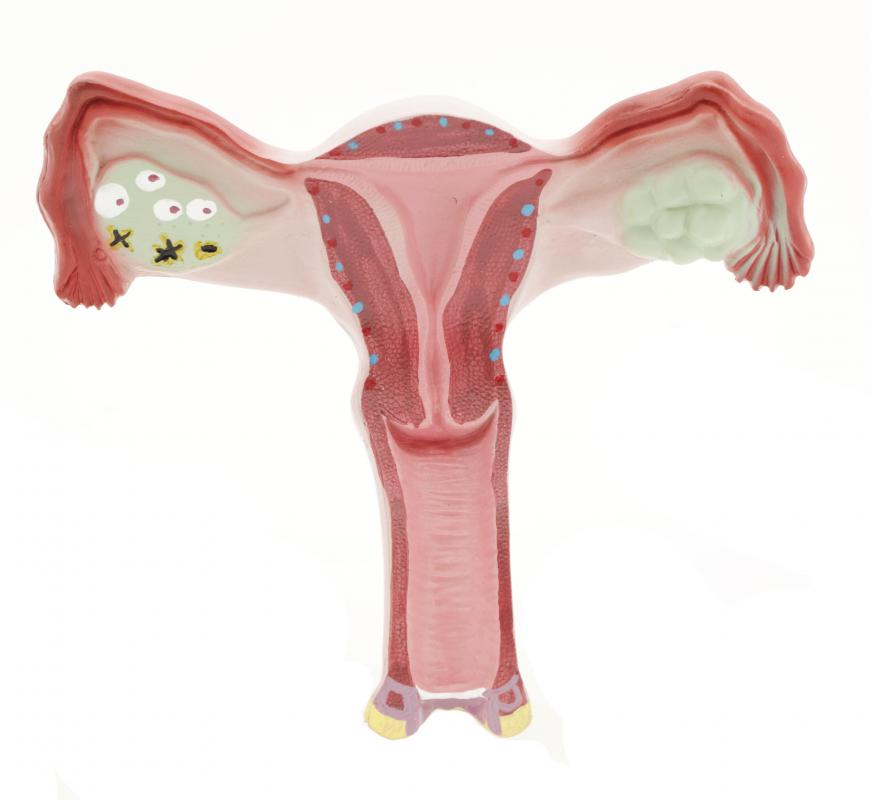At WiseGEEK, we're committed to delivering accurate, trustworthy information. Our expert-authored content is rigorously fact-checked and sourced from credible authorities. Discover how we uphold the highest standards in providing you with reliable knowledge.
What is a Short Luteal Phase?
The menstrual cycle is broken up into several phases and there is disagreement as to exactly how many of these phases exist. What’s most important is that the cycle begins with menstruation and then moves onto to ovulation or the ovulatory phase. This is followed by the luteal phase, which begins directly after ovulation occurs and is a build-up of endometrial lining. This lining, which gets produced monthly, is what supports implantation of a fetus, and a healthy lining that stays in place is needed for both implantation and sustenance of a pregnancy. When women have a short luteal phase or luteal phase dysfunction, problems with fertility can definitely result.
Typically, the luteal phase is about 14 days long, but some women routinely have a short luteal phase that lasts less time. When this phase is at 10 days or below, infertility is an issue. Usually the only way women find out about the length of a luteal phase on their own, is by using things like ovulation monitors that can help them determine the length of time in between ovulation and menstruation. Certainly, if a woman has been trying to get pregnant for a while and has been unsuccessful, short luteal phase might be a reason. Similarly, extremely short menstrual cycles could be indicative of luteal phase dysfunction, but this is not always the case. A more accurate measurement of luteal phase may be performed with a uterine biopsy, which is outpatient and generally done in a doctor’s office.

There can be a number of reasons why a person could have a short luteal phase. Sometimes conditions like low thyroid hormone or presence of too much prolactin (hyperprolactinemia) might result in changing length of time between ovulation and menstruation. Reduced follicle stimulating hormone (FSH) can have an effect on the luteal phase too, and shorten its length. Presence of uterine myomas (fibroid tumors) could also create issues with the phases of menstruation.

Given the multiple causes of short luteal phase, treatment for the condition can be extremely varied. In a lot of instances, it might not be necessary to treat a short phase unless a woman is attempting to get pregnant. Yet conditions like low thyroid hormone or high prolactin definitely need to be addressed. These won’t simply affect menstrual cycle and can create problems with many body systems. Reduced FSH is fairly common as women age, and again, only needs to be treated if pregnancy is a goal.

Common means for treating short luteal phase include first taking care of any underlying conditions. Should these treatments not be sufficient, medications like progesterone or clomiphene citrate (Clomid®) might help lengthen luteal phase. Biopsy of the uterus about eight to ten weeks after treatment is initiated may help to confirm whether luteal phase dysfunction has been corrected.
AS FEATURED ON:
AS FEATURED ON:
















Discuss this Article
Post your comments